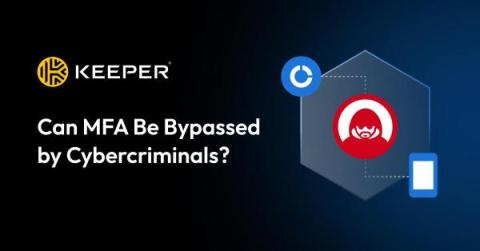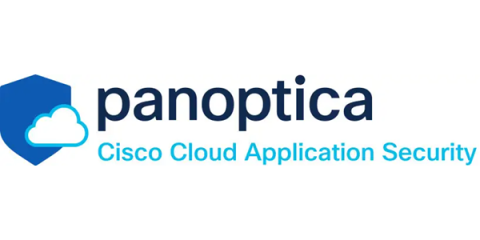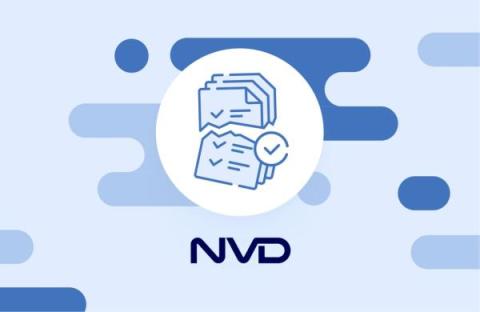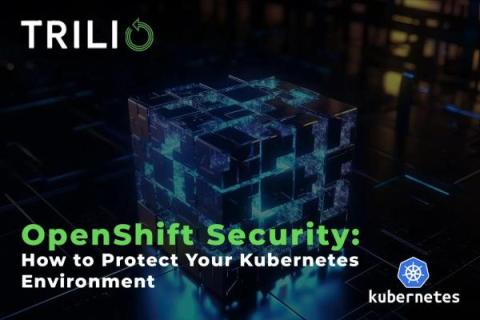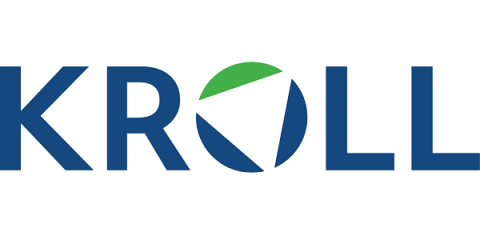Can MFA Be Bypassed by Cybercriminals?
Enabling Multi-Factor Authentication (MFA) is a cybersecurity best practice that helps protect online accounts from unauthorized access; however, not all forms of MFA are created equally in terms of security. There are ways that cybercriminals can bypass MFA. Some MFA methods are more vulnerable to cyber attacks and are often exploited by cybercriminals. There are methods of MFA that do a better job of protecting your online accounts; you just have to choose the correct option.


